Description
- Portable shelter: A camping tent is a portable shelter made from waterproof fabric (typically polyester or nylon) supported by a frame of poles or inflatable tubes.
- Shape: They come in various shapes, with dome and A-frame being the most common. Other shapes include cabin tents and backpacking tents, each optimized for specific purposes.
- Size: Tents are available in various sizes, designed to accommodate one person up to large groups. The size you choose depends on the number of people using it and the amount of gear you need to store inside.
- Components:
- Inner tent: This is the main living area of the tent, typically made from breathable fabric to allow for ventilation and prevent condensation buildup.
- Rainfly: A separate outer layer made of waterproof fabric that protects the inner tent from rain, snow, and wind.
- Poles or inflatable tubes: These provide the structure and support for the tent.
- Doors and windows: These allow for entry/exit and ventilation. Mesh panels on doors and windows can help keep insects out while allowing airflow.
- Vestibule (optional): An awning-like area at the entrance that provides additional sheltered space for storing gear, taking off wet boots, or cooking during bad weather.
Importance:
- Shelter from the elements: A tent provides essential protection from rain, wind, sun, and insects, making it a safe and comfortable base camp for your outdoor adventures.
- Privacy: Tents offer privacy and a sense of security while you sleep or relax in the outdoors.
- Portable and lightweight (especially backpacking tents): Camping tents are designed to be portable and relatively lightweight, making them easy to carry or pack for backpacking trips.
- Versatility: Different tent types cater to various needs. Large cabin tents offer comfortable living space for families, while lightweight backpacking tents prioritize portability for solo adventurers.
Additional factors to consider:
- Number of occupants: Choose a tent with enough space for everyone using it to sleep comfortably, including room for gear storage.
- Weather conditions: Consider the weather you expect to encounter when choosing a tent. Look for features like a waterproof rating and good ventilation.
- Ease of setup: Many tents are designed for easy setup with color-coded poles and clear instructions. This is especially beneficial for novice campers.
- Weight and portability: If you plan on backpacking or carrying the tent for long distances, prioritize a lightweight tent.
- Durability: A good quality tent should be made from durable materials and have well-constructed seams to withstand regular use and harsh weather conditions.

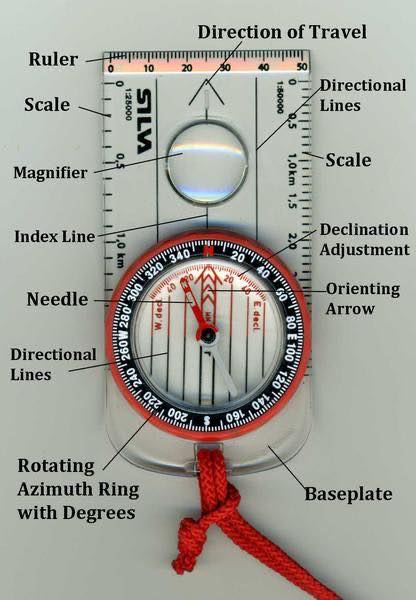
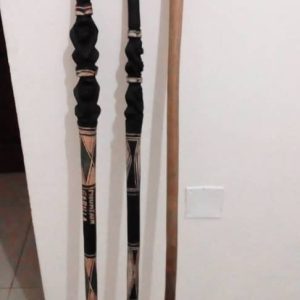
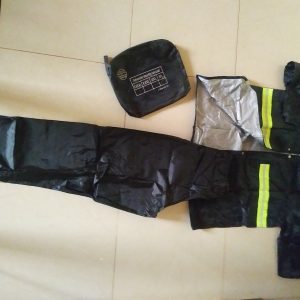
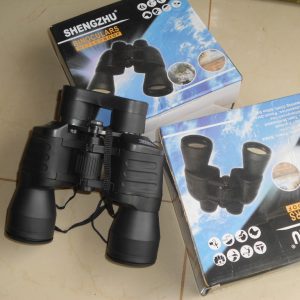
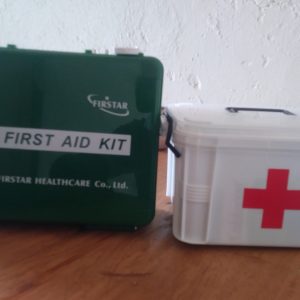
Reviews
There are no reviews yet.